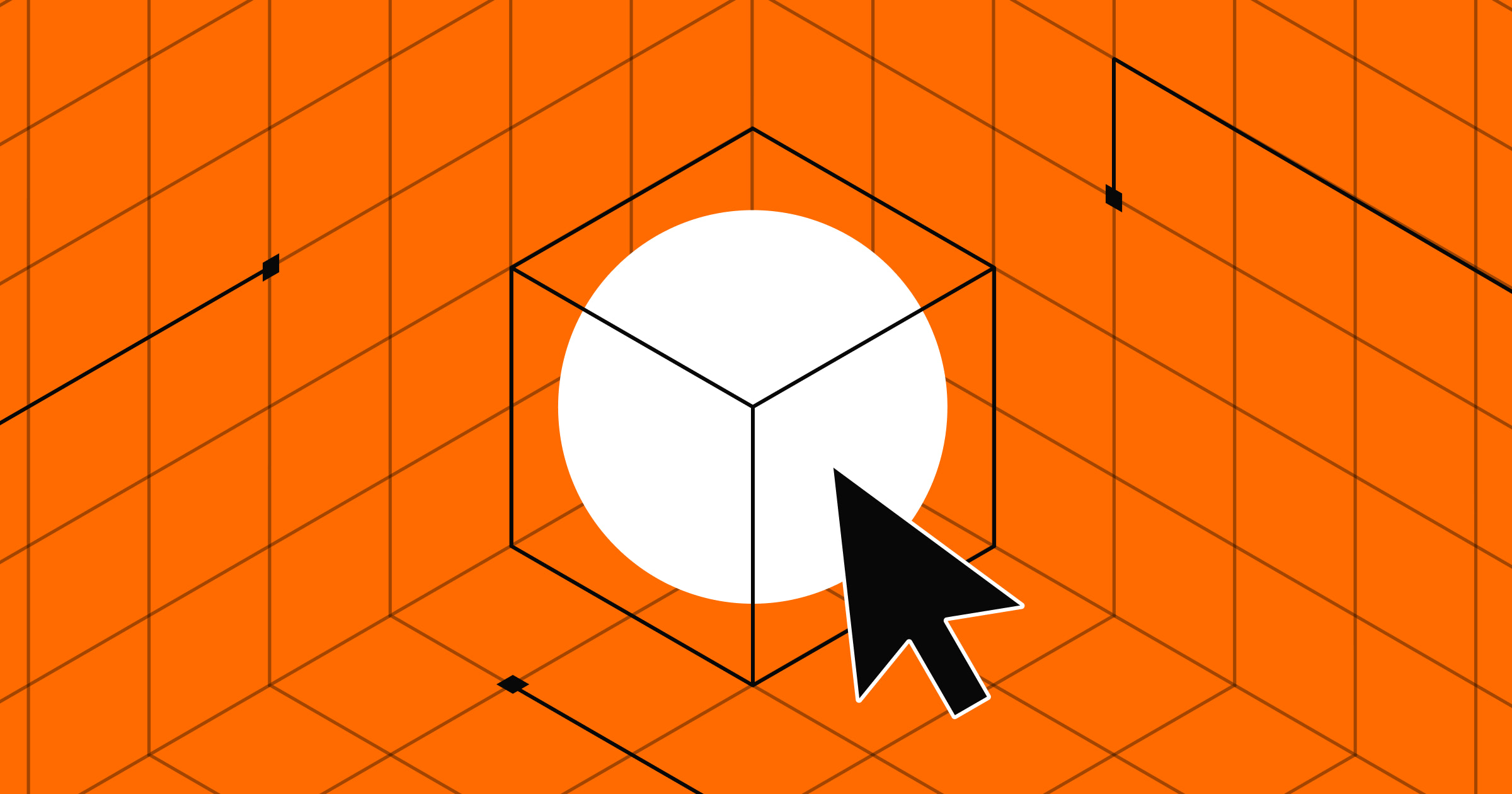Make the most important design elements stand out on your website.
A webpage’s elements make more of an impact if they’re engaging, important, or emotional. You can manipulate that effect through clever design choices like the serial position effect. This refers to placing information at the beginning and end of a sequence so it sticks in readers’ minds.
By putting essential elements at these touchpoints, you can create user-friendly and memorable websites. Read on to learn how.
What’s the serial position effect?
The serial position effect is a psychological phenomenon where people tend to recall the first and last items in a series more effectively than those in the middle.
This effect comes from two key concepts: the primacy and recency effects. The primacy effect is the tendency to remember items at the beginning of a list, while the recency effect is the tendency to recall the most recent items or those at the end.
Researchers theorize that the primacy effect occurs because readers have more time to put that information into long-term memory storage. And recency overwrites old learning within the short-term memory.
The serial position effect in web design
Using the serial position effect in web design allows you to create user-friendly sites that address your client’s target audience. By placing crucial design elements like navigation links, call-to-action (CTA) buttons, and notification banners at the top and bottom of the page, you can ensure content is visible, accessible, and usable.
For example, you can leverage the primacy effect on a marketing portfolio website by placing a large project banner at the top of the page showing past projects. This placement tells readers that checking out previous ad campaigns is an important task. And the recency effect reminds visitors to take desired actions, so include CTAs like “Contact us” at the bottom of the page. Asking customers to reach out reinforces what they learned on the rest of the site.
Strategically placing these elements on your client’s site subconsciously tells visitors where to focus their attention on the page, creating a visual hierarchy.
Using the serial position effect: 5 web design tips
Here are five tips for leveraging the serial position effect in web designs.
1. Prioritize key information
Place the most important items or information at the beginning and end of a list. That way, visitors will more likely remember it, making your client’s site more effective at communicating important messages.
For example, you can place the highlights of your latest marketing campaign at the top of the homepage and a contact form at the bottom. This layout ensures visitors know where to go for more information.
2. Limit menu items
Overloading people with choices results in decision fatigue, so use concise navigation menus with a few essential items. Keeping the menu options minimal allows visitors to quickly and conveniently navigate your client’s site.
For example, you might include a top menu with four options: home, portfolio, services, and contact. The home and contact pages are crucial because they summarize your client’s brand identity and work and allow potential customers to reach out. Placing those pages first and last in the menu emphasizes their importance.
Placing the portfolio and services pages in the middle of the menu deprioritizes these items, encouraging users to learn more information at their own pace. And if you add too many options to the menu, such as blog, pricing, gallery, and team pages, readers may become overwhelmed and leave the site rather than explore it.
3. Use eye-catching visuals
Place eye-catching design elements, such as a shopping cart or CTA button, at the far ends of the website’s header. Use visual cues, like contrasting CTA colors, to draw attention to these elements. The extreme positions allow visitors to spot and recall these buttons quickly.
For example, place your client’s logo on the left edge of the site’s header, and add a “Get a quote” button featuring the brand’s colors on the right. These engaging visuals will reinforce your client’s visual identity and make information more memorable.
4. Optimize footer designs
After engaging with the header and the site’s content, visitors will likely scroll to the bottom of the page for additional resources. So ensure the website footer contains important links, contact information, or CTAs to mirror the serial position effect in the header.
For example, you could include a brief overview of your client’s services, social media links, a subscription form, or a newsletter sign-up. These resources help visitors retain what they’ve seen on the site while encouraging them to take action.
Adding memorable footer elements relies on the recency effect to leave users with a lasting impression of the brand’s services. The next time visitors need those services, they might remember what your client offers and choose to work with them.
5. Structure the page design in a visual hierarchy
A visual hierarchy involves strategically and logically placing elements to guide visitors’ attention. Position crucial components at the beginning and end of a page to help readers retain the most important information, even if they skim through the middle.
For example, in a blog post about web design tips, start with a summary of the key points and end with a conclusion highlighting the article’s takeaways. These two sections reinforce the article’s gist, improving readers’ understanding and recall.



















Free ebook: Web design 101
Master the fundamental concepts of web design, including typography, color theory, visual design, and so much more.
UI and the serial position effect
So far, we’ve explored using the serial position effect in the content itself, but it’s also helpful for effective user interface (UI) layouts. When designing client websites, you can apply this principle by using consistent visual cues throughout the website, like icons and buttons with colors that follow the client’s style guide.
Consistency helps visitors quickly recognize and understand each element’s purpose so they can navigate the site and complete tasks efficiently. This also helps incorporate heuristic evaluations and cognitive walkthroughs. For example, placing icons like the home button or a search feature at the top of the page aligns with common expectations while emphasizing the primacy effect.
Keep the end user in mind with Webflow
When designing website projects, consider your client’s preferences and the end user’s. Adding the serial position effect to a site creates more thoughtful and user-friendly interfaces by establishing a natural flow and hierarchy. It also boosts conversions by ensuring people don’t overlook key CTAs.
With Webflow’s design features, you can create visually appealing websites with precise control over every component. Use the edit mode to adjust live content in a few clicks, and draw attention to your serial positioning with interactive elements.
Create stunning websites with Webflow.

Get started for free
Create custom, scalable websites — without writing code. Start building in Webflow.






























